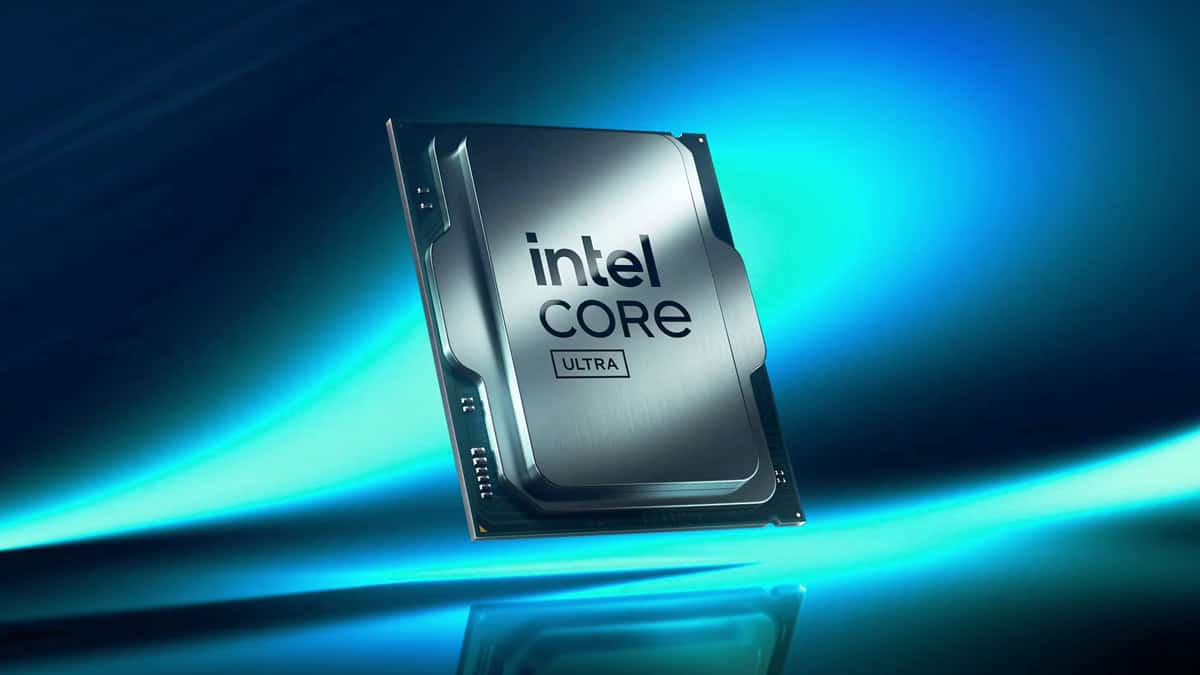On Monday, May 19, 2025, Intel’s newly appointed CEO, Lip-Bu Tan announced that the company controls a whopping 55% of the global data centre market. This news highlights Intel’s strong position in a fast-growing industry that powers cloud services, AI, and digital transformation for businesses worldwide.
Data centres are the backbone of today’s digital world, running everything from streaming apps to online shopping. Intel’s dominance plays a key role in how data is processed and stored globally. With this 55% share, Intel leads AMD and NVIDIA. These competitors together with Intel make up the top three players in the data centre CPU market.
Why Intel’s Lead Matters?
This market share isn’t just a number. It shows Intel’s strength in providing high-performance processors for data centres, which are in huge demand as companies shift to cloud computing and AI technologies.
The global data centre market is expected to grow from $344 billion in 2024 to $452.53 billion in 2025, with projections hitting $1 trillion by 2027. Intel is well-placed to benefit from this boom.
Facing Tough Competition
While Intel holds the top spot, competitors are catching up fast. For instance, NVIDIA saw its data centre revenue skyrocket by 427% year-over-year, jumping from $4.28 billion in Q1 FY2024 to $22.57 billion in Q1 FY2025. Meanwhile, other players like IBM and Ampere Computing hold a combined 20% of the market, focusing on enterprise and cloud solutions.
What’s Next for Intel?
Intel’s leadership under Lip-Bu Tan comes at a crucial time. As data centres consume more power-up 55% from 4.9 gigawatts in 2022 to 7.4 gigawatts in 2023-efficiency will be key.
For now, Intel’s 55% share cements its role as a giant in the data centre space. Details on new products or strategies are yet to come, but Indian tech enthusiasts and businesses can expect Intel to shape the future of digital infrastructure.
